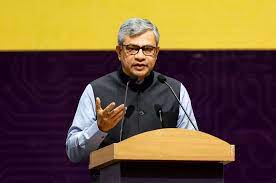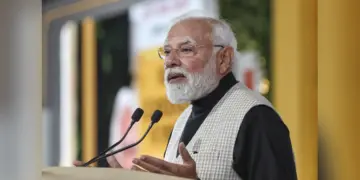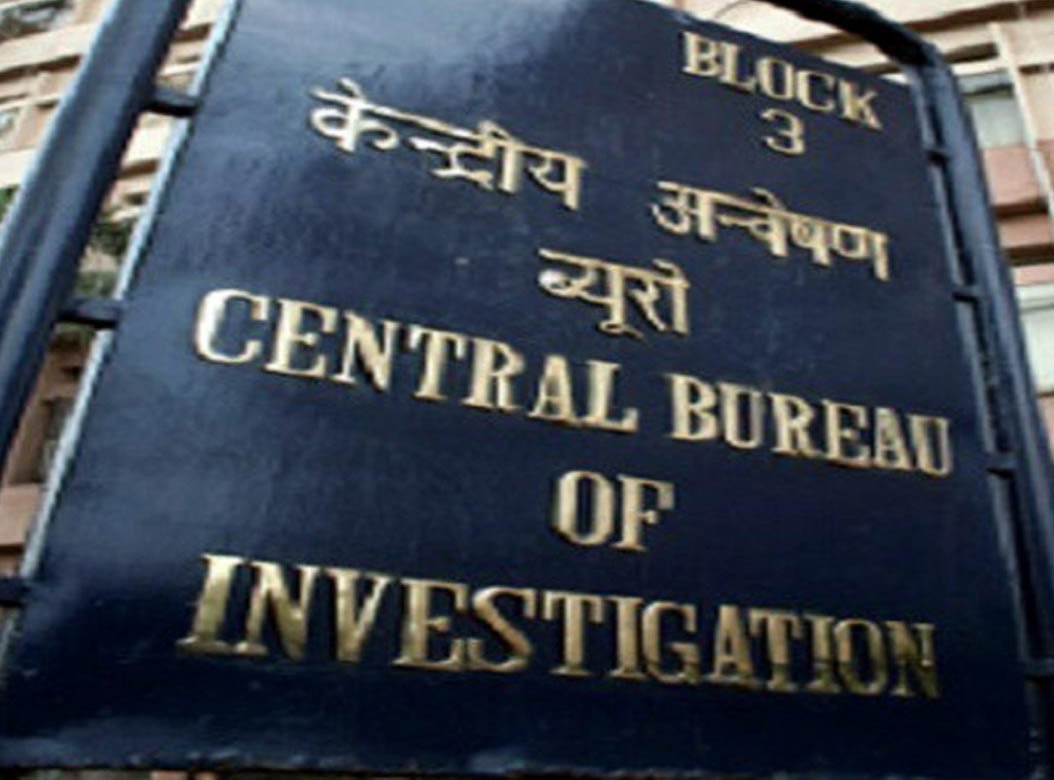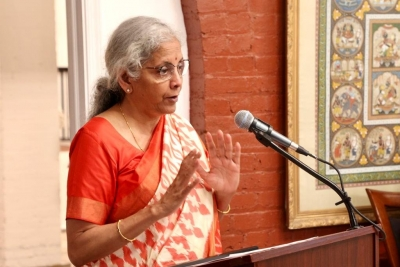New Delhi: The Centre has approved a Rs 150-crore glacial lake outburst flood risk mitigation programme to be implemented by the National Disaster Management Authority (NDMA) in Himachal Pradesh, Uttarakhand, Sikkim and Arunachal Pradesh.
There are nearly 7,500 glacial lakes in the Indian Himalayas and the NDMA has finalised a list of 189 high-risk glacial lakes for mitigation measures to reduce the threat emanating from them, official sources said.
The central government has approved the NDMA’s National GLOF Risk Mitigation Programme amounting to Rs 150 crore for implementation in Himachal Pradesh, Uttarakhand, Sikkim and Arunachal Pradesh, the sources said.
Various agencies, including the Central Water Commission, Geological Survey of India, North Eastern Space Application Centre, Indian Army, ITBP and an international agency are involved with the states in planning and implementing this programme.
There is a separate programme envisaged on the same lines for Jammu and Kashmir and Ladakh.
The programme aims at detailed technical hazard assessments, and installing automated weather and water level monitoring stations (AWWS) and early warning systems (EWS) at the lakes and in downstream areas, the sources said.
The primary objective of this programme is to attempt lake-lowering measures to reduce the risk of GLOF from such lakes.
All central and state agencies are working closely and have already completed expeditions to 15 of these high-risk lakes, six each in Sikkim, and Ladakh, one in HP and two in J-K. Another seven expeditions are underway.
Given the inhospitable terrain and weather conditions at heights of 4,500 metres and above, there is only a June to September window to approach these formidable lakes.
Several visits will be needed to implement lake-lowering measures, some of which could require civil engineering.
These composite expeditions are assessing structural stability and potential breach points of glacial lakes, gathering relevant hydrological and geological samples and data, measuring water quality and flow rates, identifying risk zones and making downstream communities aware, the sources said.





